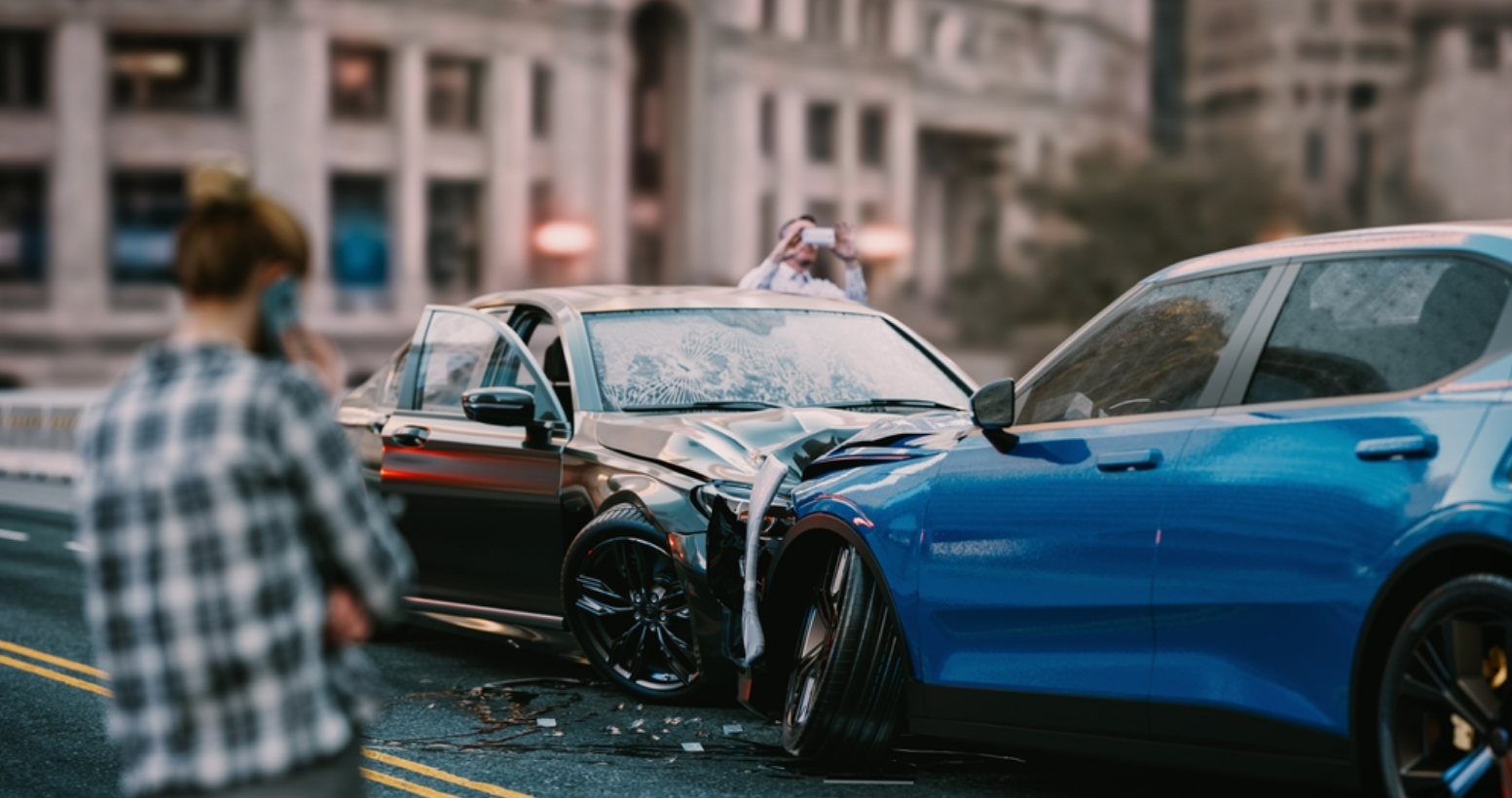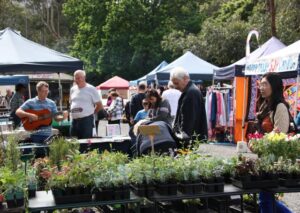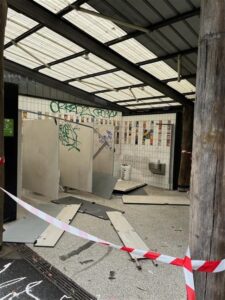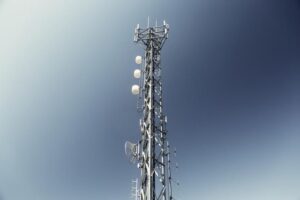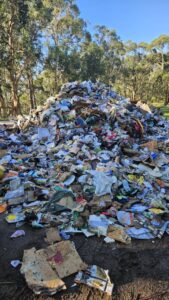Are you a young Melbourne driver? It’s an exciting time to be young and free and enjoy car rides with your mates. From road trips to hitting the city at night, so much freedom is unlocked when you’re behind the wheel.
But do you know what to do in the unlikely event of an accident? With motor collision rates elevating annually in spring due to seasonal rainfall and lower visibility road conditions, it’s imperative that young drivers in Melbourne are prepared for the dangers that may await them out on the road, whether they’re moving through a laneway in the CBD or roaring at 110 down a rural highway.
Below, we’re provided some helpful advice for navigating the stress and uncertainty of motor accidents, covering everything from insurance claims to ensuring driver and passenger safety while on the scene.
Contact your insurance provider promptly
We should preface these tips with some general advice about speaking with your car insurance provider. If you’ve been in a motor vehicle accident, you will need to notify your insurance provider as promptly as possible.
If the collision is not your fault, then you can lodge a not-at-fault accident claim. In most cases, not-at-fault claims won’t have a negative impact on your policy and shouldn’t result in an increase to your policy excess, at least when compared to at-fault claims. A not-at-fault claim will add extra relief for yourself, so you can address other concerns (i.e. health and safety) after being in an accident.
It is always best to contact your insurance provider sooner rather than later, too, to ensure that your claim is processed smoothly and efficiently. Be sure to also check with your insurance provider if you’re not sure what your car insurance policy covers.
Check That Everyone Is Safe
The very first thing you should do after a car accident is confirm that all parties are safe and that there are no medical emergencies. Conduct a quick check on yourself and make sure you aren’t bleeding, experiencing any pain, and are aware of where you are.
Check the other passengers in your car, making sure they aren’t hurt and can respond to your questions. Once you’ve accounted for everyone in your vehicle, get out of the car if it is safe to do so and check with the other vehicle’s occupants.
In the event that someone has been injured in the accident, you’ll need to call 000 immediately and ask for emergency services or an ambulance to arrive at the scene.
Move Your Vehicle & Exchange Information
Once you’ve confirmed that everyone involved is okay, switch on your hazard lights and move your vehicle out of the way of traffic, if it’s safe and possible to do so. Pulling to the side of the road or into a side street will keep you and others safe from further accidents and even more damage whilst you communicate with the other parties. This measure will also keep traffic moving without issues.
If you cannot move to the side of the road safely, then still proceed to activate your hazard lights, and wait for the police to take any next steps. Once emergency services arrive, the ‘Slow Down, Move Over’ road rule 79A will apply and the scene will be a lot safer.
Once moved somewhere safe, you’ll need to exchange contact details with the other parties involved, including names, addresses, phone numbers, vehicle registration details, insurance details, and a photo of each other’s drivers licenses. If the other driver refuses to share their information or leaves without sharing their details, try to note their registration number and report the incident to the police.
It’s also worth collecting the contact details of any potential witnesses who saw what happened in the crash, in case there are any insurance disputes. In some cases, witnesses may come directly to you, but it’s still well worth communicating with anyone you’ve observed on the scene to corroborate how the accident took place.
If any cars are inoperable or damaged beyond repair, you should arrange for a tow truck when everything has settled down. Your insurance company can usually handle this; otherwise, you’ll be charged for their services.
Involving the Police for Hit & Runs and/or Negligent Driving
You might be wondering when and if you should involve the police in the event of a motor vehicle accident. Typically, as mentioned above, if another party fails to stop or share their contact details, you will need to alert the police that you’ve become a victim of a hit and run incident.
If the other driver has caused the collision and has then fled the scene dangerously, they may be hit with various charges, including negligent/dangerous driving, and speeding, which is still a leading cause of lives lost on Melbourne roadways.
Additionally, if you suspect the other party has been drinking or using drugs, and they are showing signs of intoxication such as slurred speech or dilated or pinned pupils, then you definitely should involve the police. Driving while intoxicated or under the influence of drugs is a serious offence and will require intervention from law enforcement both to ensure your safety as well as the safety of others nearby.
Extra Tip: Take Plenty of Photos!
No matter who may be at fault, you should always take plenty of photos of the scene of the crash. Snap photos of the vehicles and any damage to them, and take some photos of the relevant surroundings, such as road signs, traffic signals, or skid marks.
Depending on how the other party behaves in the aftermath of the accident, these images could come in handy for insurance claims or any potential legal matters. You can also then show the pictures of the damage to the mechanics repairing your car. Insurance should do this, too, but it may be convenient to show them in-person when visiting the garage or workshop.
Stay Calm, Stay Safe, & Stay Informed
Car accidents can be stressful, especially for younger drivers who are still getting used to life behind the wheel. The most important thing to do when caught in a car accident is to stay calm, act responsibly, and make safety your top priority. Once everyone is confirmed to be safe and you’ve gathered all the necessary details, your insurance provider and the authorities can help guide you through the rest of the process safely at home.
Even the most careful drivers can have a bad day on the road, so don’t panic or blame yourself straight away. What matters most is how you handle the situation. Knowing what to do after a crash means you’ll be able to deal with it confidently and get back behind the wheel sooner, smarter, safer, and ready for your next Melbourne adventure.

